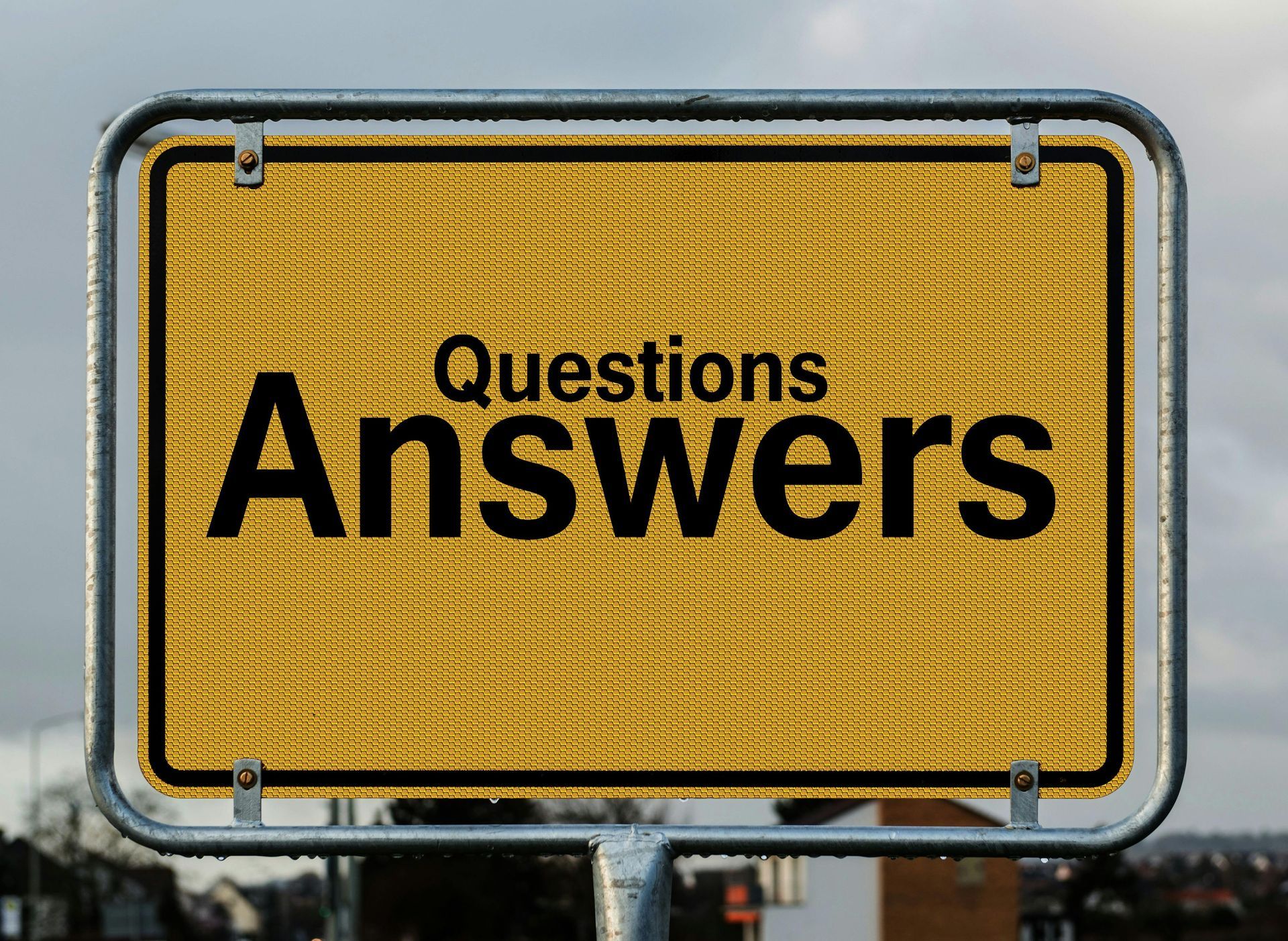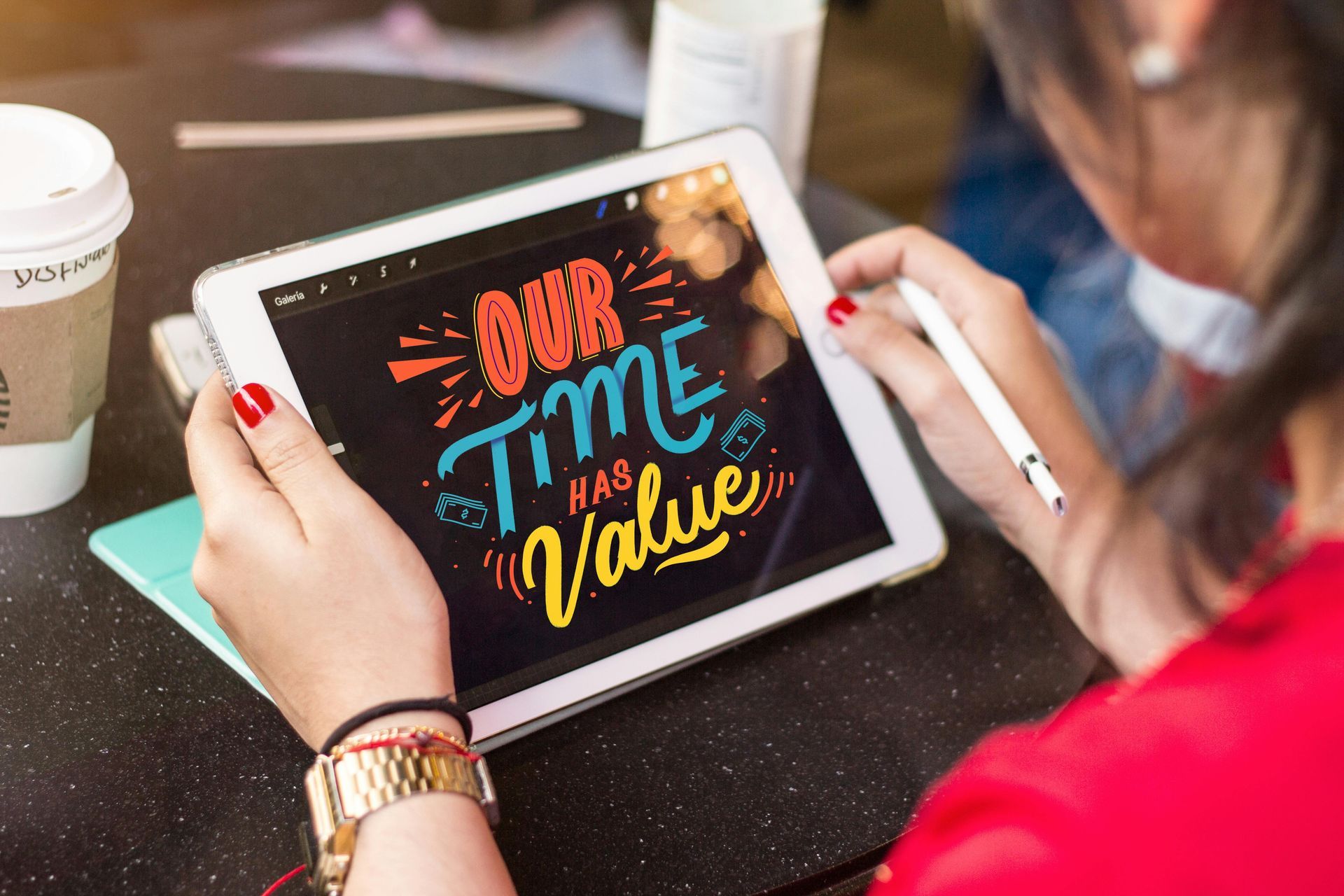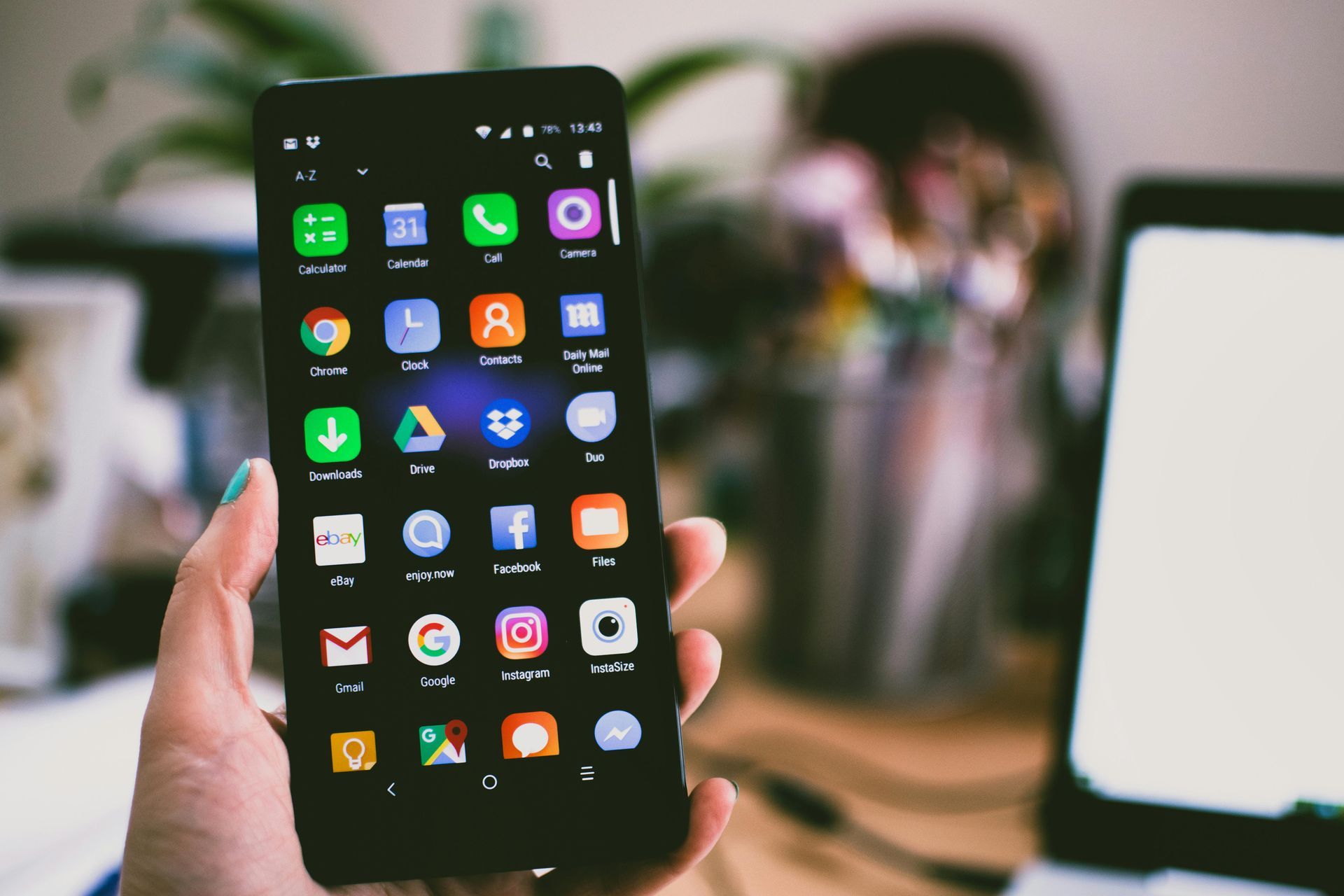Cutting Through the Noise: The Messaging Mistakes Costing Travel Brands Sales
If your B2B travel brand isn’t generating the sales you expect, your messaging could be the culprit.

In an industry as competitive as travel, standing out is no longer a luxury—it’s a necessity. With thousands of tour operators, travel agencies, and travel technology providers competing for the same business, the brands that communicate effectively are the ones that win. Yet, many travel trade businesses struggle with messaging that fails to connect, inspire, or convert.
If your B2B travel brand isn’t generating the sales you expect, your messaging could be the culprit. Here are the most common mistakes travel businesses make—and how to fix them.
1. Vague or Generic Messaging
The Mistake: Many travel trade brands fall into the trap of using generic language like “innovative travel solutions” or “cutting-edge technology.” While these phrases sound appealing, they’re overused and fail to differentiate your brand.
The Fix: Specificity is key. Instead of saying you offer “cutting-edge solutions,” showcase exactly what makes your product or service unique. For example, “Our booking platform reduces manual admin by 60% with automated itinerary generation and real-time pricing updates.” Be precise about the value you offer to travel businesses.
2. Focusing on Features Over Business Impact
The Mistake: Travel brands often highlight what they offer rather than how it impacts the business. For example, “Our platform integrates with 50+ suppliers and provides live inventory updates.” This tells, but it doesn’t sell.
The Fix: Shift the focus to the business benefits. Instead of listing features, communicate how those features improve efficiency, increase revenue, or reduce costs. For example, “Our integration with 50+ suppliers ensures your customers always have access to the best deals, increasing conversion rates and boosting repeat business.” This approach makes the benefits tangible and compelling for decision-makers.
3. Ignoring the Travel Trade’s Pain Points
The Mistake: A common misstep is assuming all B2B clients have the same needs. A luxury tour operator has different priorities from a corporate travel agency, yet many brands use a one-size-fits-all approach.
The Fix: Understand your audience’s challenges and address them directly. For example, if you’re targeting travel agencies struggling with online competition, acknowledge their concerns: “Compete with OTAs by offering a seamless booking experience, dynamic pricing, and automated marketing campaigns.” Tailoring your messaging to industry pain points makes it clear that you understand their business and have the right solution.
4. Overloading Messages with Industry Jargon
The Mistake: Many travel trade businesses use complex terminology that doesn’t resonate with decision-makers. Terms like “ancillary revenue optimisation,” “multi-GDS integration,” or “NDC-compliant solutions” may make sense internally but don’t communicate clear value.
The Fix: Simplify your messaging. If a term isn’t commonly used by your audience, rephrase it in a way they can understand. Instead of “multi-GDS integration,” say “Access global flights and hotels from one seamless platform.” Clarity builds trust and makes your offerings more accessible.
5. Failing to Establish a Unique Brand Voice
The Mistake: Many travel trade brands mimic the tone and style of competitors, resulting in bland, forgettable messaging. This makes it harder to build a distinct brand identity.
The Fix: Develop a brand voice that reflects your company’s expertise and authority in the travel trade. Whether it’s professional, consultative, or innovative, ensure consistency across all channels. For example, if you specialise in travel technology, an informative and solutions-driven tone works best: “Our AI-powered booking assistant helps agents find the best itineraries in seconds—freeing up time to focus on sales.” Find your voice and own it.
6. Neglecting the Power of Storytelling
The Mistake: Dry, transactional content fails to connect emotionally with potential B2B clients. Travel businesses want to see real-world success stories, not just product descriptions.
The Fix: Use storytelling to create a compelling business case. Instead of simply promoting your solution, share real-life success stories: “A UK-based tour operator saw a 35% increase in bookings after switching to our dynamic packaging system, reducing manual workload by 50%.” Case studies, testimonials, and real-world results make your brand memorable and credible.
7. Weak Calls to Action (CTAs)
The Mistake: Travel brands often end their messages with vague CTAs like “Learn more” or “Check out our website.” This fails to encourage immediate action.
The Fix: Strong CTAs create urgency and clearly state the next step. Instead of “Learn more,” try “Schedule a free demo to see how our solution can increase your revenue by 20%.” or “Book a 15-minute consultation to discover how we can streamline your operations.” Make it irresistible for potential customers to take action now.
8. Underestimating the Importance of Visuals
The Mistake: Travel is a highly visual industry, yet some B2B brands rely too much on text-heavy content without engaging graphics, infographics, or video.
The Fix: Use high-quality visuals to enhance your messaging. A comparison chart showing how your platform saves travel agents time is more effective than a paragraph of text. Customer testimonial videos, interactive product demos, and clear infographics can all elevate your brand’s appeal.
9. Inconsistent Messaging Across Platforms
The Mistake: A travel brand may present itself as an enterprise-level solution on LinkedIn but sound like a start-up on its website. This inconsistency confuses potential B2B clients.
The Fix: Ensure brand messaging remains consistent across all touchpoints. Develop brand guidelines that cover tone of voice, key messages, and visual identity. Whether a potential partner finds you on LinkedIn, your website, or a travel trade event, they should instantly recognise your brand.
10. Ignoring Social Proof and Industry Credibility
The Mistake: Travel trade brands often focus on their own narratives while neglecting the powerful impact of social proof. B2B decision-makers trust their peers more than brand messaging.
The Fix: Integrate customer success stories, industry partnerships, and testimonials into your messaging strategy. Use real business results to build credibility: “Trusted by 500+ travel agencies worldwide” or “Awarded Best Travel Tech Innovation 2024.” Leverage case studies, thought leadership content, and client testimonials to showcase real-world success.
Crafting Messages That Convert in B2B Travel
In the competitive world of B2B travel, the right messaging is the difference between thriving and merely surviving. Travel trade brands that avoid these common mistakes and refine their communication strategies will attract, engage, and convert more B2B clients.
By being specific, focusing on business impact, addressing travel trade pain points, simplifying language, and using storytelling, your brand can cut through the noise and increase sales. Add strong CTAs, compelling visuals, consistent messaging, and social proof, and you’ll not only stand out—you’ll dominate.
The travel trade industry is evolving, and so should your messaging. Is it time for your brand to refine its voice and start converting more B2B clients? The answer lies in the words you choose and the stories you tell.
Need expert guidance? The Travel Vox team specialises in helping travel trade businesses refine their messaging, build authority, and drive sales. Get in touch to see how we can support your brand’s success.

get in touch
STAY TUNED
Contact Us
We will get back to you as soon as possible.
Please try again later.
All Rights Reserved | TravelVox Ltd
Mill Lane, Wimborne, Dorset, United Kingdom, BH21 1LN
Company number 15989094









